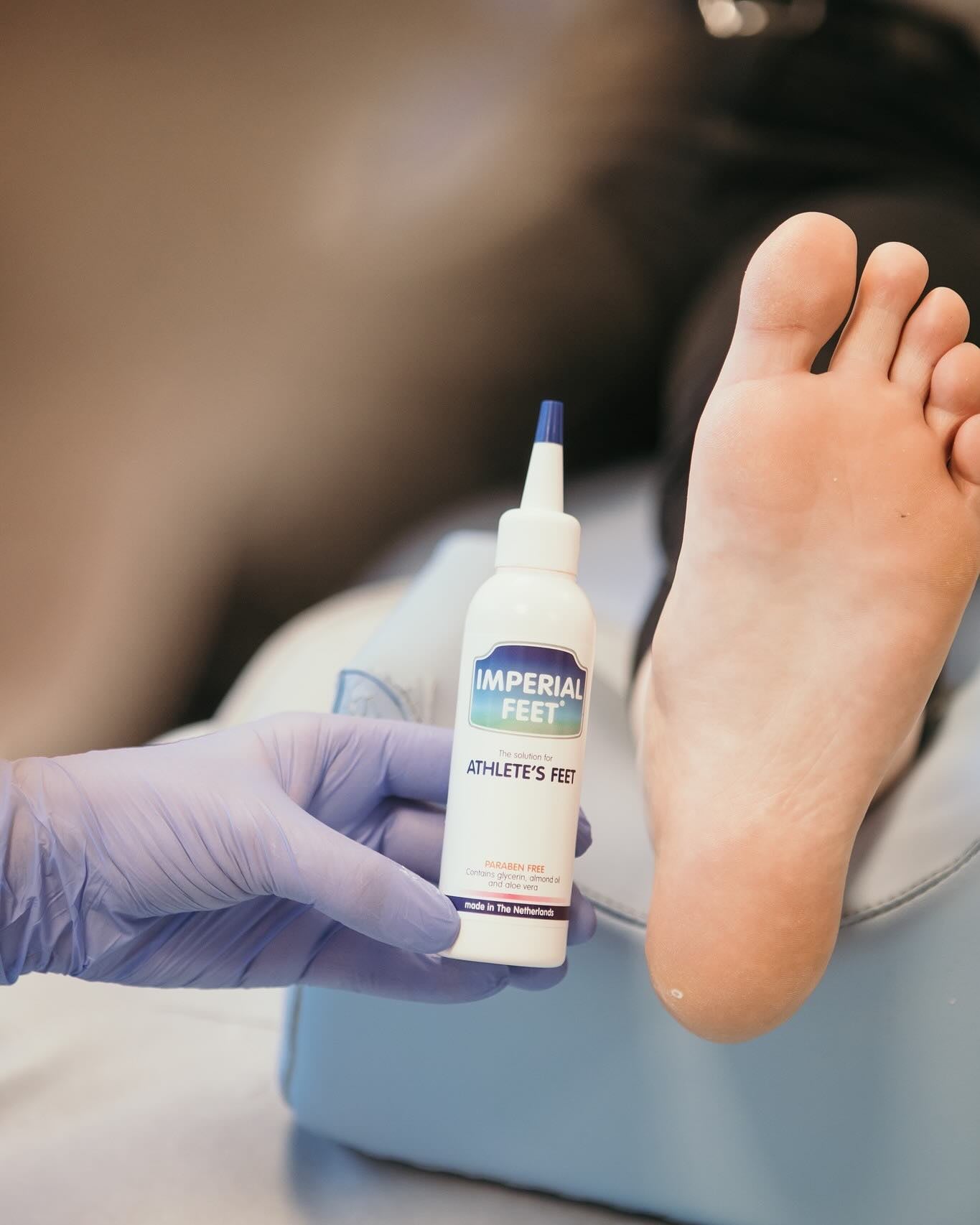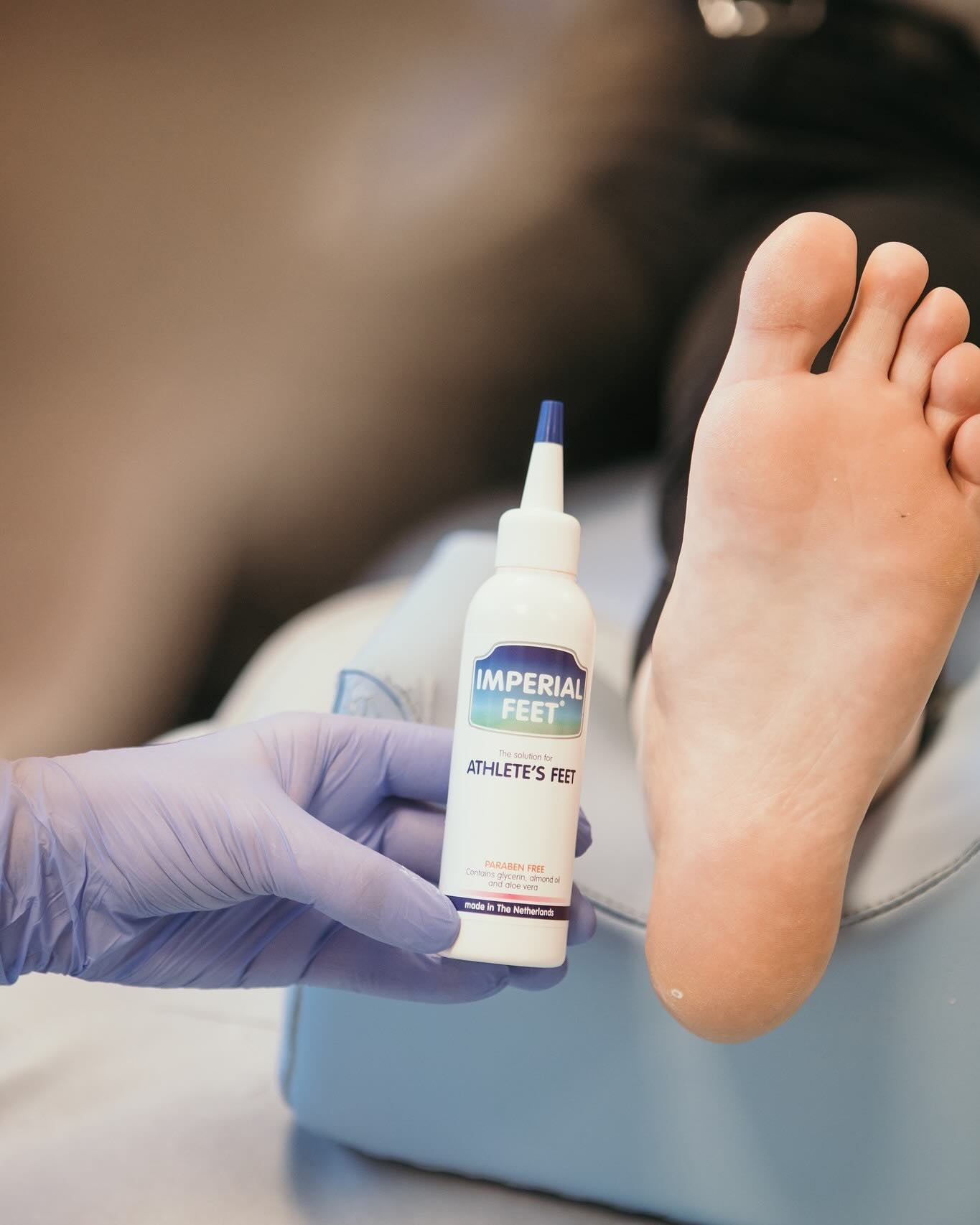
What are the consequences of not treating plantar fasciitis?
Well, there is bad and good news. Bad news first: The consequences of not treating plantar fasciitis are longer recovery time and possible complications. But the good news is that 90% of plantar fasciitis cases can be treated properly if you are aware of the following information.
Not allowing your plantar arch enough rest after an injury, continuing to participate in high-impact activities without proper footwear or support, and not following through with treatment are the most common ways plantar fasciitis persists and worsens.
What are the risks of not treating plantar fasciitis? Other complications can arise if the condition becomes worse? We will address these questions below.
Plantar tears
Over time, if plantar fasciitis remains untreated, inflammation and stress on the plantar fascia can result in small tears. You may not realize when these small tears appear, but you will be alerted by the gradually increasing pain. If these tears remain untreated, they can grow by size and quantity, and make the plantar fascia more vulnerable to rupture and ligament weakening.
Plantar rupture
Plantar rupture can occur if plantar fasciitis is left undertreated, and you continue to participate in activities that place a high impact on the plantar fascia.
These activities may include running, sports, or even standing for long periods in inappropriate footwear.
Symptoms of plantar fascia rupture usually include an audible popping sound, followed by intense pain, edema, and swelling in the foot. Resting on the affected foot will be very painful. If you suspect you have suffered a plantar rupture, you should seek medical help immediately. At this point, many people have to immobilize the affected foot and will need crutches for a while.
Plantar Fibromatosis
It is a condition in which slow-growing nodules form along the plantar fascia. These nodules usually grow slowly at first and are undetectable, followed by sudden rapid growth. As time passes, while the nodules grow, walking can become uncomfortable and painful.
While many cases of plantar fibromatosis are believed to have a high genetic component, there is a correlation between people who suffer from plantar fasciitis, and people with fibromatosis. Some studies suggest that plantar fibromatosis may be triggered by a tear in the plantar fascia that has not been treated.
Calcaneal spurs
Calcaneal spurs are one of the most common consequences of not treating plantar fasciitis. As a protective response to the plantar arch and mitigate the damage, the body sends cells to the affected area and try to fix it by depositing calcium. Over time, these deposits can create sharp protrusions that turn embedded in the heel fat pad, causing severe pain with every step you take.
Calcaneal spurs originate for several months without causing pain. In other words, allowing plantar fasciitis to go untreated can mean that other secondary problems can develop without you even realizing it, until the pain appears.
Recognizing the symptoms of plantar fasciitis and treating this condition earlier is the best way to avoid secondary problems and complications. Think of plantar fasciitis pain as a warning to encourage you to treat the problem before further damage occurs. Stretching, cooling and using plantar orthoses are the most effective ways to stop plantar fasciitis damage and begin healing.
Blog posts

Heidi Nel’s Inspiring Journey into Professional Foot Care
From a passion born in a small salon to pioneering professional foot care across New Zealand, Heidi Nel has built a career rooted in compassion, precision, and purpose. Her story with Imperial Feet...
Read more
Why Visiting A Footcare Professional Can Make All The Difference
At Imperial Feet, we believe in empowering people with great at-home care. Here’s why a consultation with a specialist is so valuable before beginning your Imperial Feet fungal nail treatment journ...
Read more
How Do You Know When Athlete’s Foot Is Gone? A Complete Guide to Healing and Prevention
Athlete’s foot (also known as tinea pedis) is a common fungal infection that affects millions of people worldwide. It’s itchy, uncomfortable, and often stubborn — but with the right treatment, it’s...
Read more
Diabetic Foot Care with Imperial Feet: Safe, Gentle & Effective Solutions
Why Diabetic Foot Care Is So Important For individuals living with diabetes, foot care is far more than a cosmetic routine — it’s a vital part of maintaining health and preventing serious complicat...
Read more
Whether you’re standing all day, working long shifts, or running from one meeting to the next, sweaty feet can quickly become more than just uncomfortable — they can affect your confidence, your en...
Read more
The Power of Stainless Steel Foot Files for Callus Removal
When it comes to soft, healthy feet, stainless steel foot files are the unsung heroes. While pumice stones and electric devices get plenty of attention, the stainless steel file is quietly outperfo...
Read more
Ballerina Feet: Most Common Foot Problems
Ballerinas are known for their elegance and strength—but their feet often pay a high price for that artistry. Years of intense training, hours en pointe, and the repetitive strain of performance ca...
Read more
4 Types of Athlete’s Foot You Didn’t Even Know Existed
Athlete’s foot (Tinea pedis) isn’t a one-size-fits-all infection—there are several types, each with unique symptoms and treatment approaches. Knowing the different types helps tailor care and ensur...
Read more
Why Foot Care Is Essential in Sport
Whether you’re a weekend warrior, professional athlete, or fitness enthusiast, your feet are the foundation of your performance. They absorb shock, support your weight, and enable movement—but ofte...
Read more

